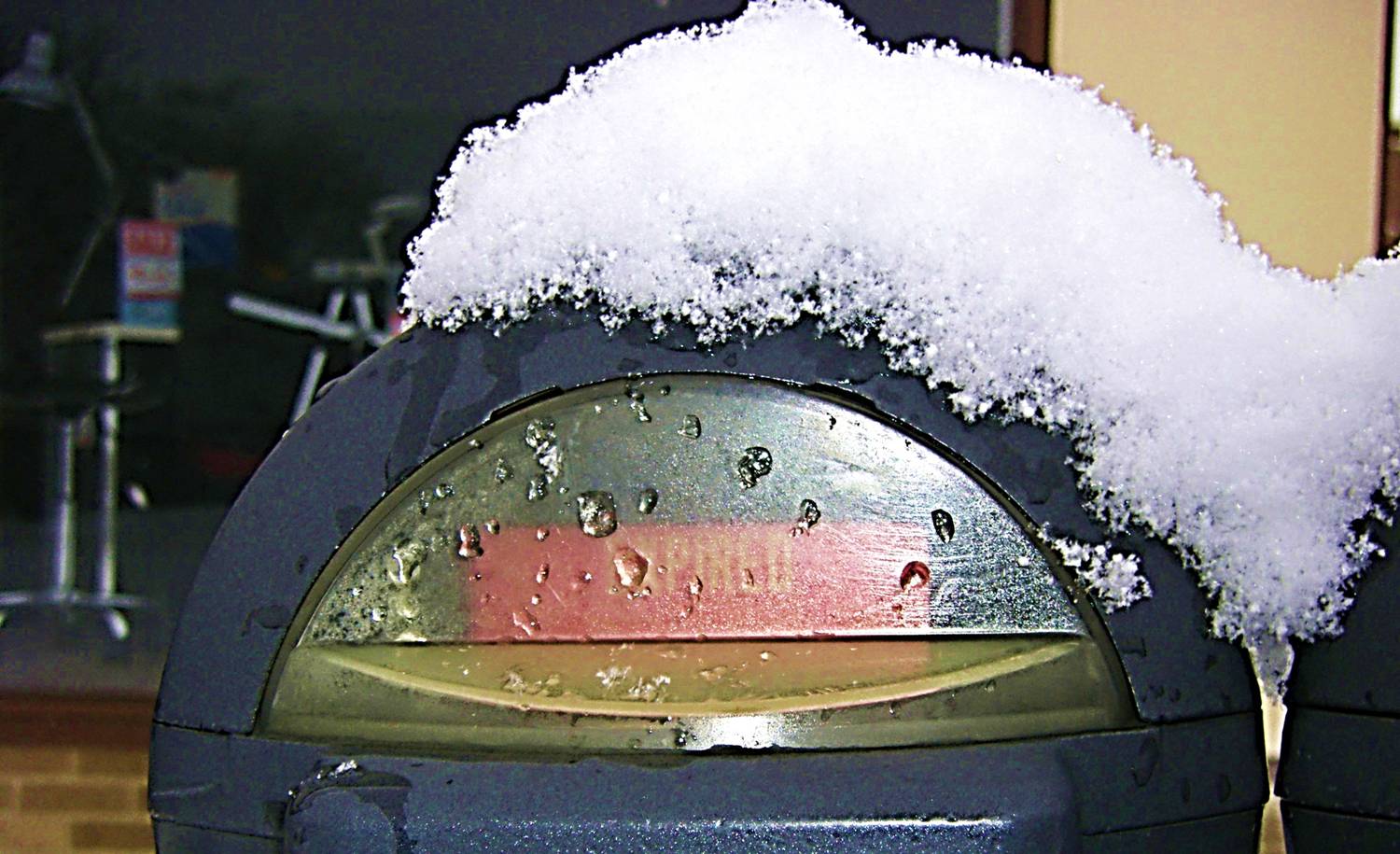How can downtowns compete with suburban shopping centers and their acres of free parking? Provide the same. Just remove parking meters and make way for an influx of retailers and customers.
At least that was the conventional wisdom for many years. But it hasn’t worked. In Jamestown, where a free parking zone was established along the Third Street corridor in the 1990s, as well as many other cities, a supply of free downtown parking has not produced a business uptick. If anything, it has done some damage.
That’s because free parking is never free. Your space at Wal-Mart may seem free, but how do they maintain hundreds of square miles of parking lots across the country, keeping them paved, striped, drained, plowed, and the property taxes paid, not to mention the cost of acquiring the land in the first place? We pay through higher prices and the inefficient use of our land: all hidden costs.
In downtowns, the hidden costs of free parking are harder to detect. One price we pay is the avoidance of downtown by developers or retailers who feel pressure to supply ample free parking to meet consumer demand, or are required to do so by outdated zoning codes. Instead, they build or locate at the edge of cities, where assembling large chunks of land is easier and cheaper.
But bending to the expectation for free parking by providing it downtown doesn’t make a central business district more competitive. It only creates more hidden costs and conditions that inhibit revitalization.
For one, it undermines the rationale for paid parking by feeding the perception that parking meters and enforcement are just about revenue, obscuring the important role that pricing plays to ensure steady turnover of sought-after spaces and the efficient use of a shared and limited commodity. Downtown Jamestown’s roughly 1,800 public parking spaces (on-street, and in lots and ramps) are used by thousands of people each day to access hundreds of commercial, institutional and residential addresses.
Especially limited are spaces along the busy Third Street spine and its intersecting streets. The nearly 200 on-street spaces in that area constitute a two-hour free parking zone, a policy that violates basic free-market principles by simply giving away downtown’s most desirable spaces. This creates several inefficiencies, such as employees taking spaces from potential customers and drivers cruising around in search of a free space (wasting time and gas). It also creates an un-level playing field, with only some downtown property and business owners having easy access to free parking.
In the end, all of this leads to an overconsumption of parking and more spaces than we really need. Why carpool with a friend when it’s so easy to find spaces within a block or two of your destination? If you’re at one end of downtown and have an appointment four blocks away, why spend five minutes walking when a parking space beckons?
And this lack of pedestrian activity is where the true damage is done. If downtown parking is ample and underpriced, foot traffic becomes sparse and the streets seem empty and dull, which discourages people from coming or walking downtown. It’s a vicious cycle. Numerous parking lots and overly wide streets that serve as automotive moats—especially Fourth Street—further degrade the pedestrian experience and boost the inclination to drive and park.
By expecting free parking to boost downtown, we’ve misunderstood downtown’s role in the modern retail and service economy. With most commerce having long ago migrated to malls, shopping plazas, or the internet, downtowns must compete as a unique experience. If the experience is right, people are more than willing to spend a few quarters to park. Most downtowns worth visiting thrive because they value the pedestrian experience over automotive ease.
We need to invest in that experience and wean ourselves from the idea than any parking is free. Let’s put meters back in the free parking zone. Let’s encourage downtown employees to use the ramps instead of taking-up on-street spaces. Let’s dedicate a portion of parking revenues towards downtown streetscape enhancements that build appeal and boost the experience—lights, greenery, bike racks, and other improvements.
If we’re going to pay a price, we might as well get a better downtown in return.
–Greg Lindquist and Peter Lombardi
This post appeared in The Post-Journal on February 3, 2014, as JRC’s biweekly Renaissance Reflections feature.

